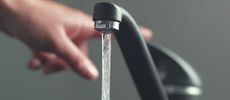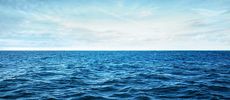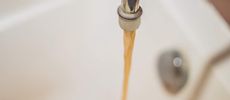How to Conserve Water Quantity and Preserve Water Quality
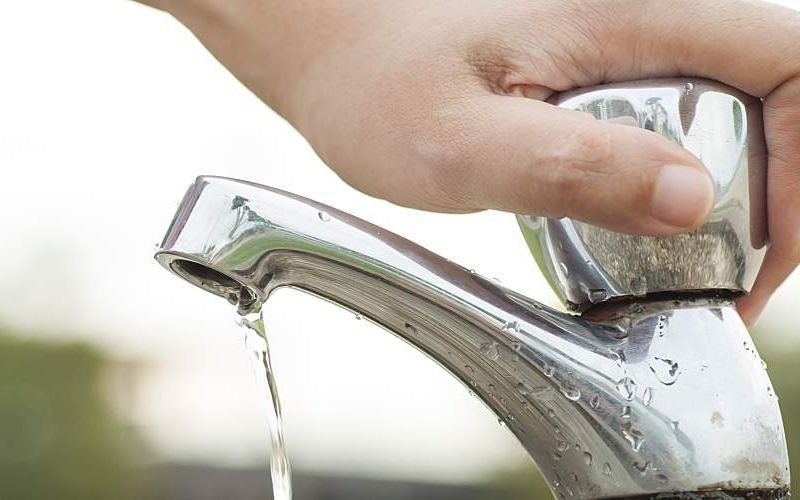
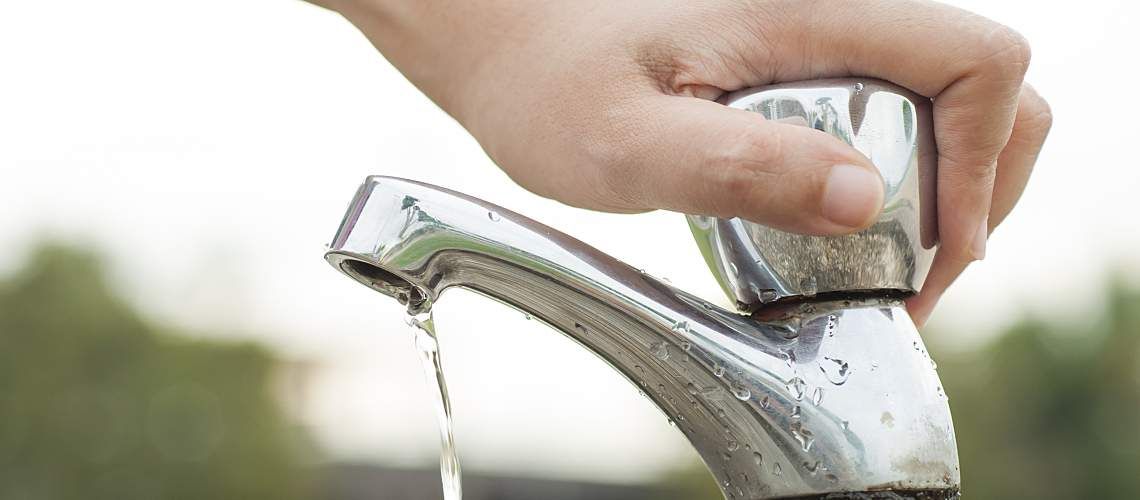
You use water to drink, cook, shower, flush toilets, and wash dishes, clothes, cars, and more every day. While it may seem necessary, water use adds up. In fact, the average U.S. per capita water use is 82 gallons per day.
It's easy to slide into habits that aren't eco-friendly—even knowing that conserving water is essential. In truth, simply conserving water isn't enough—preserving water quality is also critical. In your test lab, you focus mainly on quality not quantity. But you can play a key role in reminding customers that water is a precious commodity becoming increasingly scarce with the burgeoning population and changing climate.
Although water covers 71% of the planet, only 1% is fresh, usable, and accessible. The liquid that makes life on earth possible is a finite resource and the demand is accelerating. Yes, the water cycle keeps returning water to the earth, but the location, amount, and quality continually change.
Help your customers cut down on water use by reminding them how they can conserve water at home—often without even noticing—and ensure the best water quality possible for their families and community.

Tips to Conserve Water
Share these tips with your customers to help them decrease water use and ensure enough for everyone in the community.
Conserving Water in the Bathroom
- Shut off the water while you shave, brush your teeth, and soap up your hands when washing them.
- Take short showers instead of baths—and consider turning the water off when soaping up.
- If you do take a bath, plug the drain before turning on the water and fill the tub only halfway.
- Use soap that rinses off easily.
- Install low-flow shower heads and low-flow or dual-flush toilets or convert your existing toilet.
- Don't flush tissues or other bathroom waste unnecessarily; put it in a waste paper basket.
Conserving Water in the Kitchen
- Keep a pitcher of drinking water in the refrigerator so you won't have to run the tap until the water gets cold.
- Use a dishwasher to clean your dishes when possible, and minimize the amount of running water you use when washing dishes by hand.
- Scrape food waste into the trash or compost instead of using the garbage disposal.
- Don't pour water down the drain if you can find another use for it—like watering plants.
- Fill your washing machine fully to minimize the amount of water needed to do laundry.
Conserving Water Outside
- Use a broom instead of a hose to clean driveways and sidewalks.
- Plant a rain garden to catch stormwater runoff from your roof, driveway, and other hard surfaces.
- Use a watering can to water plants instead of a hose.
- Install drought-resistant lawns, shrubs, and plants.
- Shrink your lawn—or get rid of it entirely.
- Install rain sensors to ensure you water your lawn or garden enough but not too much, especially when water supplies are low.
Finding and Fixing Leaks
- Check your house water meter before and after a two-hour period when no one is using water. If it changes, it could mean there's a leak.
- Test your toilet for leaks at least once a year.
- Check faucets and shower heads for leaks regularly—a drip a second uses up to 5 gallons a day.
Encourage customers to get a home water audit if your local government offers them.
Tips to Preserve Water Quality
In addition to recommending water testing, suggest consumers follow these tips to improve water quality:
- Run cold water for two minutes before using it for drinking and cooking—water sitting in pipes can decline in quality. Be sure to save this water for other uses.
- Don't use hot water for drinking and cooking. Hot water can dissolve contaminants and may contain metals, sediment, and bacteria that build up in the water heater.
- Drain your water heater annually. Contaminants can impact water quality and pressure.
- Clean water faucet aerators where sediment and metals can collect.
- Replace galvanized plumbing with copper pipes and lead-free fixtures to avoid metal poisoning.
- Don't flush wipes, even if they're advertised as flushable. They get stuck in sewer systems and require clean out.
- Don't dump cooking oil, detergents, and other cleaning products down the drain. They go directly into wastewater that needs treatment.
- Use high-efficiency detergent only in a high-efficiency washer that breaks down the chemicals and rinses them away. Use as little detergent as possible.
- Use water filters at the tap to remove impurities and contaminants, like iron, lead, fluoride, bacteria, minerals, chlorine, and sediment.
- If your budget allows, install a whole-house filtration system for high-quality water everywhere.
- Routinely replace filter cartridges to keep bacteria and metals from building up.
- Get your water tested even if you use a filter to make sure you're removing all contaminants and using the best filtration system for your situation.
Share these tips with your customers to help them conserve water and preserve water quality. Your customers will benefit from lower bills and cleaner water. And you'll raise awareness of water issues in your community—and of your own commitment to encourage a safe water supply for everyone. That's a goal anyone can get behind.
